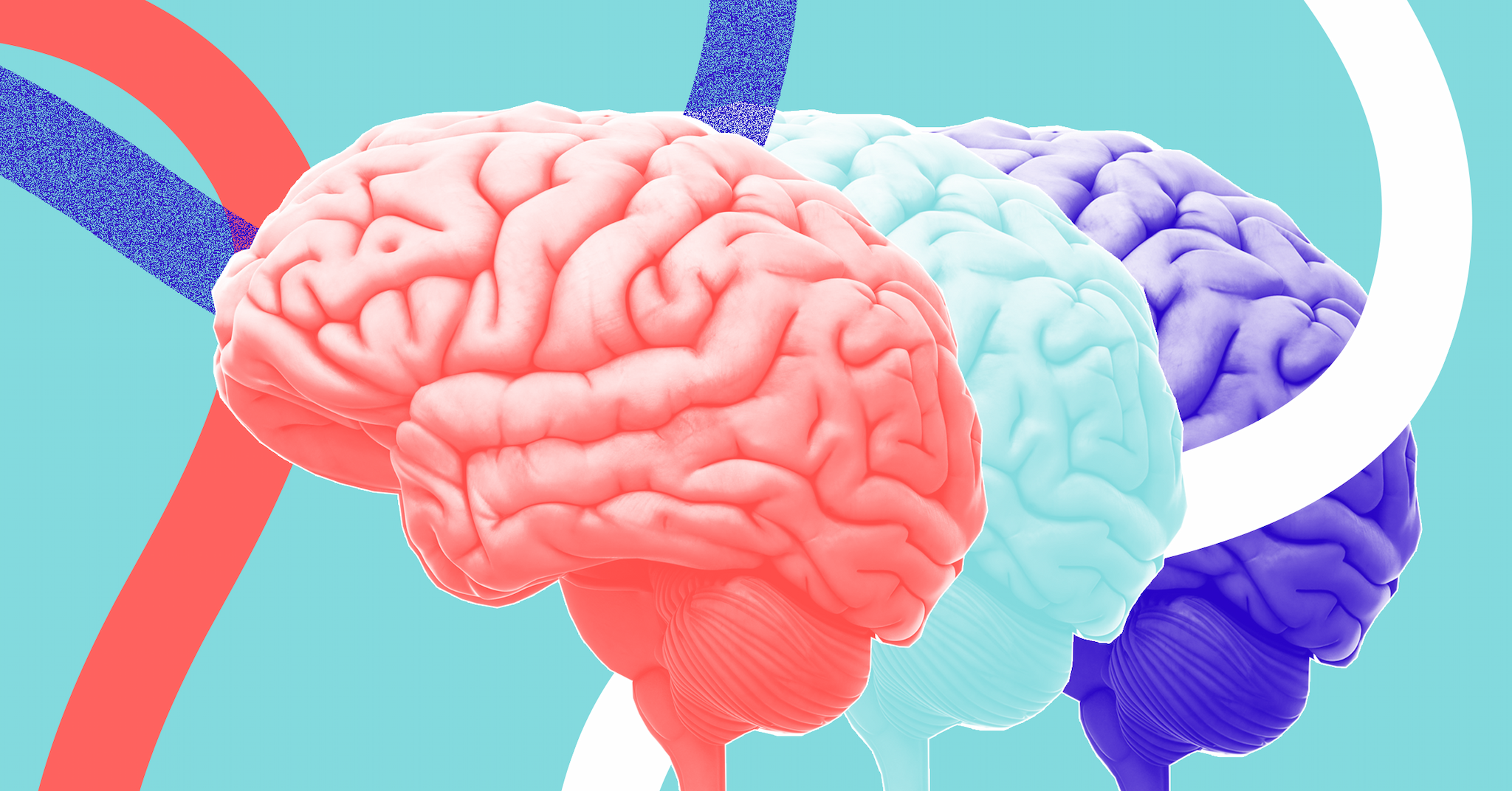Split-Second Decision
Who needs free will anyway, right?
A new study published earlier this week in the journal Scientific Reports details a case in which researchers in Australia had participants envision one of two distinct images then, by monitoring brain activity, researchers were able to predict which image a participant would choose and how vividly they were picturing it in their mind.
Brain Teaser
Fourteen study participants were each placed in an fMRI machine and shown two distinct patterns, one with red horizontal stripes and one with green vertical stripes. They were given up to 20 seconds to decide between one or the other, after which they pressed a button to indicate their choice and were told to imagine it as vividly as they could.
By monitoring brain activity during the selection process, the researchers were able to see signs indicating which image a person would select in four distinct areas of the brain. Watching for these signs, researchers could predict a person's choice up to 11 seconds before the choice was made.
Exploring this time between decisions made and decisions thought about could lead to new insights into how our minds work. It may be that the mere milliseconds between a thought and an action are enough for us to subdue unconscious urges in favor of more intentional action.“We believe that when we are faced with the choice between two or more options of what to think about, non-conscious traces of the thoughts are there already, a bit like unconscious hallucinations,” Lead author Joel Pearson, a cognitive neuroscience professor at the University of South Wales in Australia, said in a statement. “As the decision of what to think about is made, executive areas of the brain choose the thought-trace which is stronger. In, other words, if any pre-existing brain activity matches one of your choices, then your brain will be more likely to pick that option as it gets boosted by the pre-existing brain activity.”
Brain-to-Brain
It's not the first time we've been able to predict someone's choice. As Quartz points out, similar studies have been able to produce similar results leading to predictions both four seconds and 10 seconds before choices are made.
Further understanding our thought processes could help develop new forms of communication such as telepathy-like brain-to-brain communication or personalized movies which respond to brain wave patterns. We could even further develop technologies which allow paralyzed people to express their thoughts. The important part of such innovations is that we are intentional in making them and it may behoove us not to leave Facebook to lead the charge. We all should want to be intentional with whom we invite inside our heads.
READ MORE: Neuroscientists can read brain activity to predict decisions 11 seconds before people act [Quartz]
More on mind-reading: Zuckerberg: Facebook is Building a Machine to Read Your Thoughts
Share This Article
